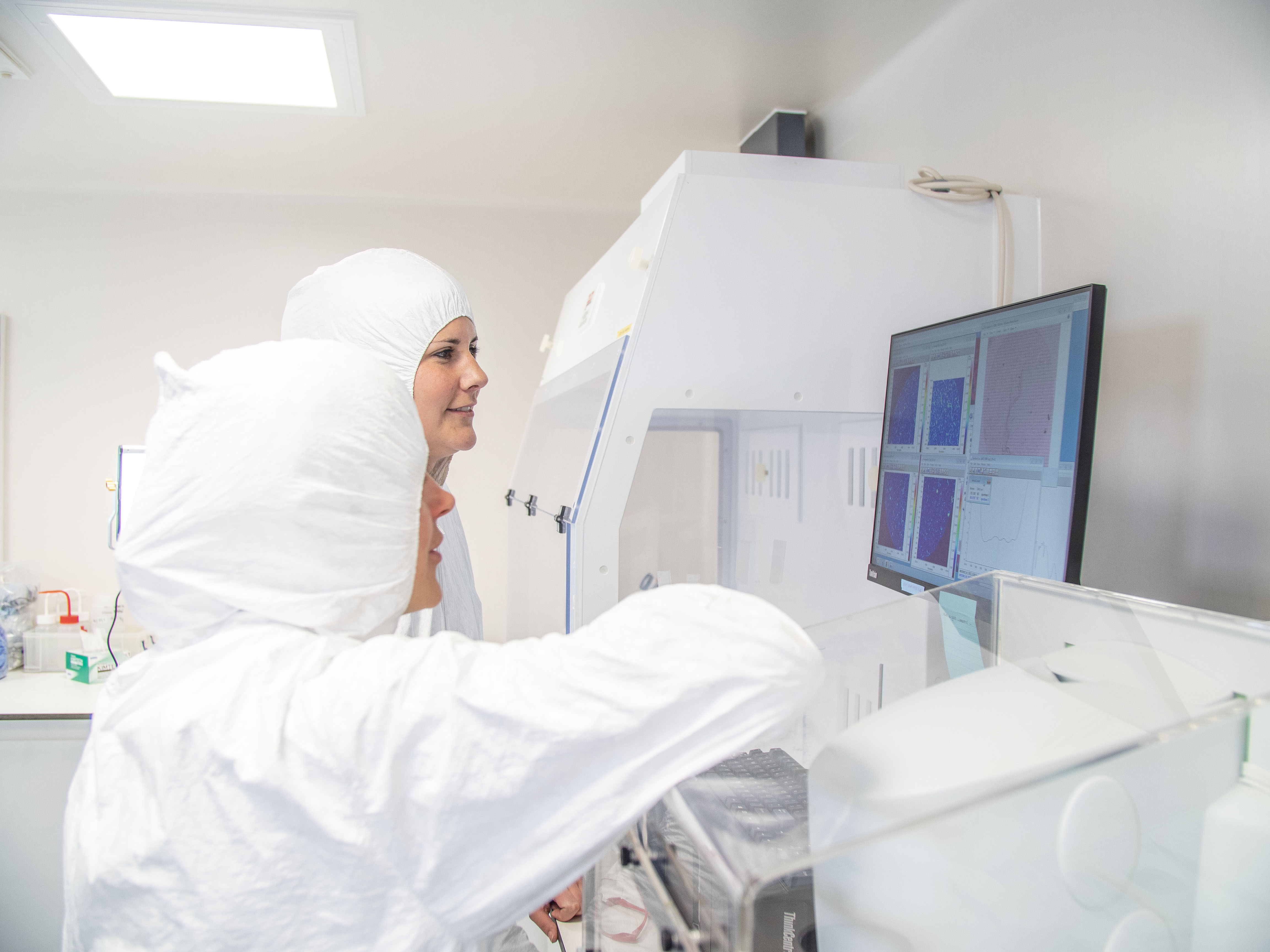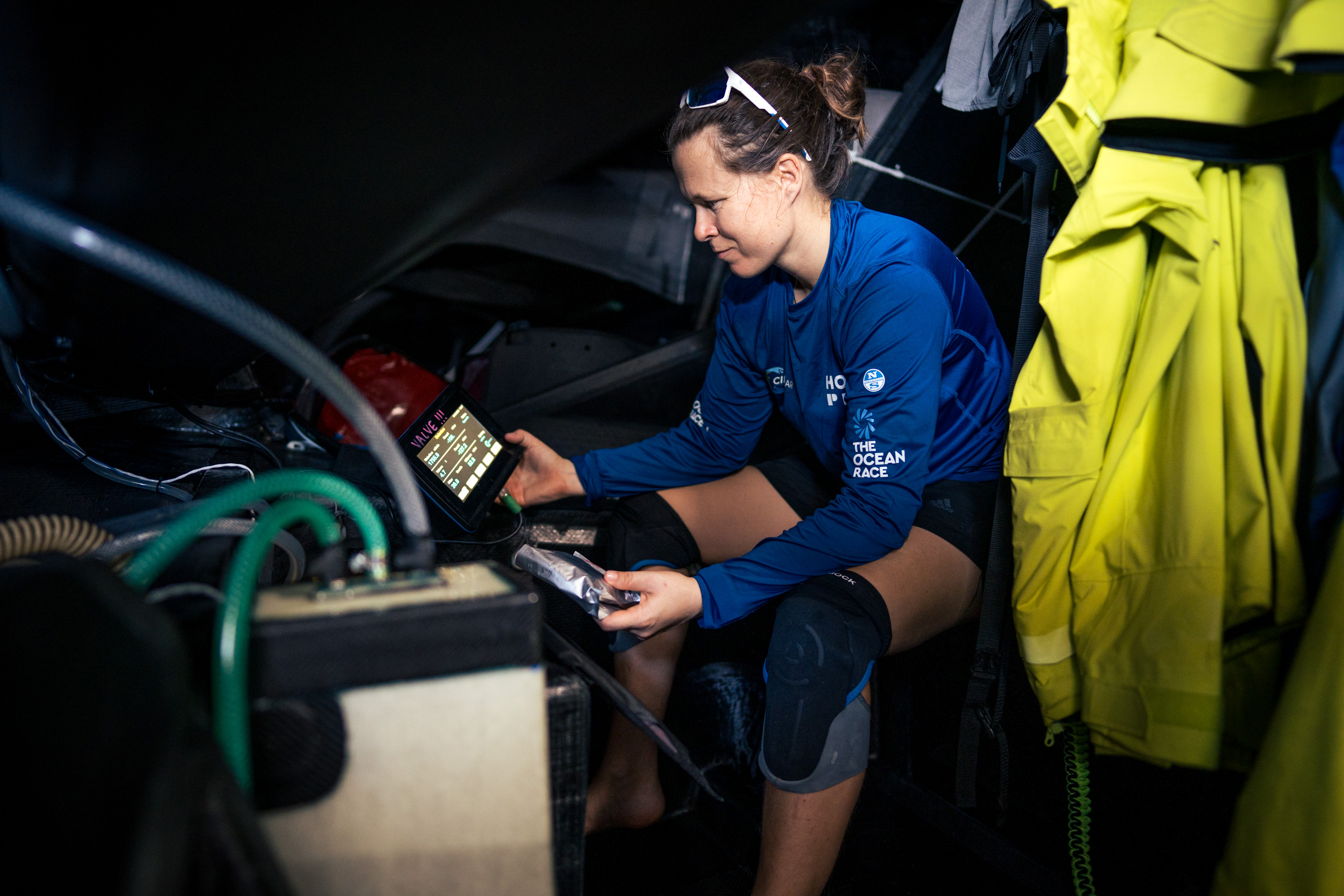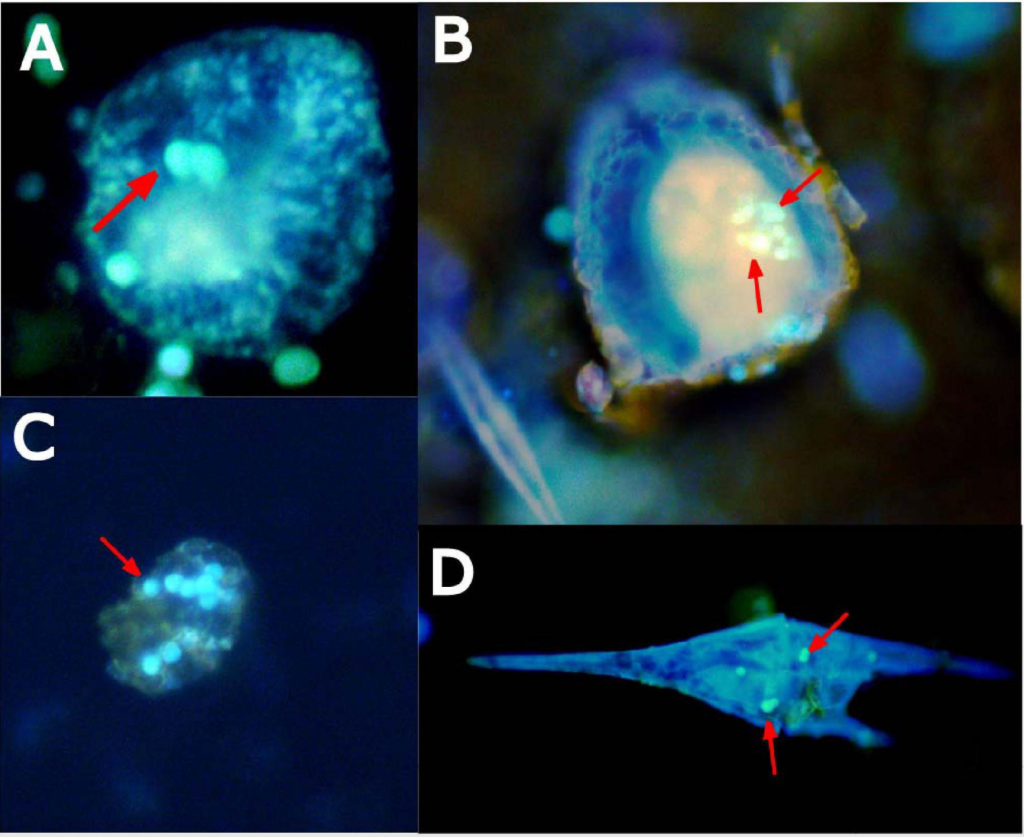
Research
I research the spatial and temporal concentrations of microplastic pollution in coastal sediments and the open ocean.
Microplastics are ubiquitous contaminants in marine ecosystems worldwide, threatening fisheries production, food safety, and human health. Microplastics are plastic particles smaller than 5 mm in size and can enter the environment as primary microplastics, e.g., pellets used in plastic production and cosmetic products, or as secondary microplastics from fragmentation of larger plastics. Estimates of plastic material flux to the ocean vary from 0.41 to 4 million metric tons annually. However, only 1% of the marine plastic is estimated to remain in the water column. Most is believed (70 to 99%) to be deposited on shorelines and in marine sediments.
Estuaries are home to valuable ecosystems, providing critical habitats that are important spawning habitat for marine biota, storm surge protection and also areas for ports and marine businesses. Due to their circulation, wetlands and other processes, estuarine areas serve as significant traps for sediments, carbon and pollutants. I use our understanding of coastal sediment transport and dynamics to look at microplastic pollution through the a geologic lens.
Read more about my current and past research projects below:

Photo Credit: The Ocean Race
– The Ocean Race –
Measuring Global Sea Surface Microplastic Concentrations
The Ocean Race is a 60,000 km around-the-world sailing race that has been going on for nearly 50 years. In the 2023 edition of the race, I have been appointed to analyze microplastic samples collected by two of the boats, GUYOT environnement – Team Europe and Team Holcim – PRB. Surface water is collected once a day using an on-board pump system that filters 250 L of seawater through a series of 3 filters (500 µm, 100 µm, and 30 µm). At the end of each race leg, the filters are sent to me at the National Oceanography Centre in Southampton, UK, where I am currently serving as a visiting scientist.


Photo credit: Cherie Bridges, The Ocean Race (left); Georgia Schofield, polaRYSE, Holcim PRB (right).
Each sample is carefully handled in a clean lab to avoid any possible contamination. All collected material is rinsed from the filter sets, digested to remove organic material, and then analyzed using a scanning µFTIR spectroscopy microscope. This method allows me to obtain visible and IR imagery of every single particle on the filter, microplastic or otherwise. I am then able to use the spectroscopy data to determine how many microplastic particles are in each sample, their sizes and shapes, and their polymeric makeup (e.g., polyethylene, PET, polystyrene, etc.).
The samples collected by the Ocean Race are a once-in-a-lifetime opportunity to analyze samples from around the global ocean taken in a succinct time period, giving me a snapshot of the state of ocean microplastic pollution for 2023.
The data collected during my time with the Ocean Race will be used to inform global policies on waste management, coastal pollution, and future research objectives.

– Fulbright Vietnam –
A Time Series of Shoreline Debris
In 2020, Vietnam issued a National Action Plan for the Management of Marine Plastic Litter, with the goal of becoming a regional leader in minimizing plastic waste. This plan highlights the need for the implementation of monitoring programs in the major drainage basins across Vietnam, as well as the development of a system for monitoring marine litter based on remote sensing and imaging technologies. The plan has identified rivers as avenues for high impact interventions. Before intervention measures can be taken, areas of high plastic input to the rivers must be identified and input metrics quantified. The 2020 IUCN report showed Nha Trang beaches have a high abundance of plastic debris, but no work has been completed to date to determine the path plastics take from source to shoreline.

From September 2022 through February 2023 I was a Fulbright Student Research Fellow in Nha Trang, Vietnam, home of the Cai River watershed, to attempt to quantify the amount of plastic pollution being transported to Nha Trang Bay. The Cai River passes through the city, which could be a predominant source of plastic pollution, before emptying into the South China Sea, allowing the study of plastic deposition on the shorelines to the north and south of the river outlet. During my time in Nha Trang I conducted a time series of macro- and microplastic pollution at four shoreline sites. The goal of this project was to determine if different shoreline topographies trap debris effectively, and if patterns of debris deposition could be linked to environmental factors (waves, shoreline topography, river discharge) and/or weather conditions (wind, precipitation, monsoon season). Every 5 to 7 days, all sites were visited and transects macro debris was counted along a 100 m stretch of shoreline. Every other week, microplastic samples were taken from the upper beach, wrack line, and intertidal zones of the same sites.


Overall, 81% of debris items deposited on the shorelines of Nha Trang were single-use items (e.g., plastic bags and wrappers, face masks, drink bottles, straws, cigarettes, rubber bands). While heavy precipitation did coincide with a larger debris pulses from the river being deposited on shorelines, correlations with other environmental parameters are less clear. The analyses from this project are ongoing.
In the news: Tuoi Tre News
Extensive Estuarine Sedimentary Storage of Plastics from City to Sea: Narragansett Bay, Rhode Island, USA
This study presents the first system-scale assessment of sedimentary storage of microplastic for Narragansett Bay, RI (USA). Microplastic concentrations in sediments ranged from 396 to over 13,000 MP particles kg-1 DW, comparable to other shoreline and seafloor sites located near urban centers. As previously reported for fine sediment and other pollutants, estuarine plastic storage is extensive in Narragansett Bay, especially within the upper urbanized reaches. Over 16 trillion pieces of plastic weighing near 1,000 tonnes is calculated to be stored in surface sediments of the Bay. This work highlights that estuaries may serve as a filter for plastic pollution, and this trapping may have negative consequences for these valuable, productive ecosystems but offer potential for efficient removal.

Read the full study here: https://www.nature.com/articles/s41598-023-36228-8
Fulfer, V.M., Walsh, J.P. Extensive estuarine sedimentary storage of plastics from city to sea: Narragansett Bay, Rhode Island, USA. Sci Rep 13, 10195 (2023). https://doi.org/10.1038/s41598-023-36228-8
Impact of Microplastic Ingestion on Microzooplankton

In laboratory experiments I conducted in 2020, the heterotrophic dinoflagellate species Oxyrrhis marina and Gyrodinium sp. readily ingested polystyrene microplastic (MP) spheres (2.5–4.5 μm). Those that ingested MPs had growth rates reduced by 25–35% over the course of 5 days, resulting in a 30–50% reduction of secondary production. Observations in the coastal ocean showed that phylogenetically diverse taxa ingested microplastic beads, and thus could contribute to trophic transfer of MPs to higher trophic levels. The results of this study may suggest that continued increase in microplastic pollution in the ocean could lead to reduced secondary production of heterotrophic protists due to microplastic ingestion, altering the flow of energy and matter in marine microbial food webs.
Fulfer, V. M. & Menden-Deuer, S. Heterotrophic Dinoflagellate Growth and Grazing Rates Reduced by Microplastic Ingestion. Frontiers in Marine Science8, (2021). https://doi.org/10.3389/fmars.2021.716349